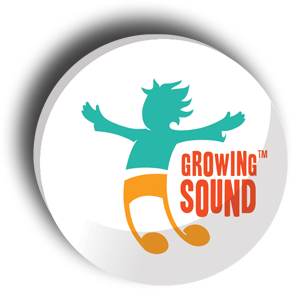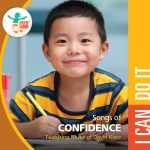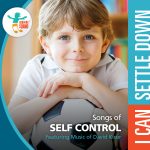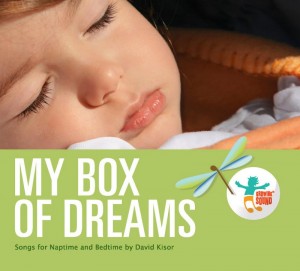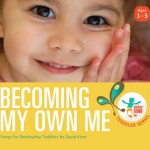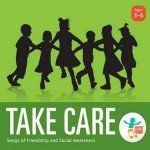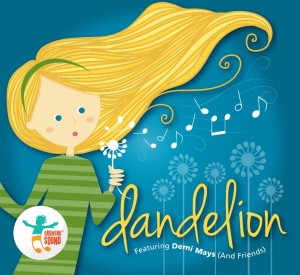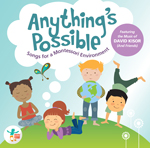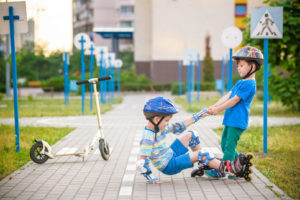
What Is Resiliency
The definition of resiliency is, “the capacity to recover quickly from difficulties; toughness.” We cannot always prevent the situations, events, or tasks that cause our kids anxiety, but we can teach them how to cope, recover, rise to the occasion, and to be tough in the face of stress. How do we teach toughness? How do we teach resilience?
Here are 5 ways how…
Model resiliency in yourself
As parents and caregivers you know that kids watch and mimic our every move. The way they know how to handle most situations starts at home. What did Mommy do when she fell down? That’s what I need to do when I fall down… When kids are hurt or scared, they look at us. The most important thing we can do for our kids is to teach and model how to handle our emotions. As we face tough situations as adults, we need to show our emotions in a controlled way. That’s not to say we never get angry or sad because that isn’t accurate. However, we model healthy ways to show our anger and sadness; we show that even with strong emotions, we can stay calm, clear-headed, and resilient.
The next time you feel overwhelmed, pause and think about how your children can learn from it. Take a moment to say out loud,
“I am feeling very overwhelmed because of ______.
I think I am going to take a break from _______ and take a few deep breaths.
This will help me feel better, and then I can finish doing ______.”
Make this phrase your own, and just be open and honest with your feelings – showing them that emotions are normal, and we have the tools and strategies to cope. This is the first step in helping kids understand how they feel, and how to respond to stress with a clear mind.
Monitor their media and online presence
Our students are growing up in a world very different from ours. A large part of their world every day is online, and there are a lot of benefits and pros to using technology. There are also a lot of bad influences. Helping your students or children filter and monitor what they access online is essential. Guide them to know which sites, apps, and information is okay. Teach them to question what they see online, and not just accept everything they see.
“Is the joke you heard on that YouTube channel hurtful to anyone? Is it okay to say or repeat, just because _____ said it online?”
“What kind of image is this person building for themself? Is that how you want to be seen?”
Discuss expectations of what your child sees online and help them understand that setting boundaries is a must. Follow through with the rules and model them yourself. There are a lot of resources online to help teach your child online safety tips, and recommendations for what is age appropriate.
Make time to play
Even as adults, play and fun is how we all destress. Play time is a vital part of development and is needed to help kids gain new skills and practice things they learn during the day. You can make a quick art project, color together in a book, play a game, build something, look at photos together, or do anything where your child is actively doing something alongside you (rather than watching you do a task alone.) This doesn’t mean you need the same allotted time every day, or an elaborate schedule. It can be unplanned, last minute, and be done on the fly. Kids are going to be kids, and probably prefer the unstructured playtime anyway. Just allowing them to build things, solve problems, create, and imagine are going to help them destress, and learn new coping mechanisms as well as find passions and hobbies.
Rose, Bud, Thorn
Cultivating positivity at home is another great tool to build resiliency and manage stress. Every day ask your child their “rose, bud, and thorn” for the day. The rose is a great thing that happened that day, the bud is something they are looking forward to, and the thorn is the negative aspect of their day. Making this a habit will make your child more reflective and better at recognizing things to be appreciative of. It is a great life skill that will follow them to adulthood. (And its good for us too! Model your own rose, bud, and thorn each day for your child.)
Live in the moment
As people, we all look forward to the next big thing, and the next milestone in our life (and our children’s lives.) Of course, you should celebrate the big milestones, accomplishments, and exciting moments. Adults and children alike can get stuck in the pattern of only living for the next best thing. Children become stressed and get anxious (as do we) when there is a big waiting period in between. Teach and model for your children appreciating all the in between times, and the small joys in life. Don’t forget to look up and point out how nice the clouds look today. Point out the smell of fresh air on the breeze, and how warm it feels snuggled on the couch in a blanket. Model for your kids the enjoyment in the everyday moment.
Resilience is facing our stress and troubles, knowing how to cope, and having the skills to shift our perspective when needed. Our kids will be better equipped for life as resilient thinkers. They can ground themselves in clarity, and face their day, through both success and struggle with the tools we give them.
Growing Sound’s Music is Based on the Latest Research in Social & Emotional Development.
We have received numerous awards for our products including Mom’s Choice Award, Parent’s Choice Award, Teachers Choice Award, Creative Child Magazine Award, Family Review Center Awards, Oppenheim Award, and more.
Click on an Collection To Listen To the Music!
Who You’ll Be Someday:
Songs and Stories for
Naptime and Bedtime
Ages 0-4
Contact us for more information!
